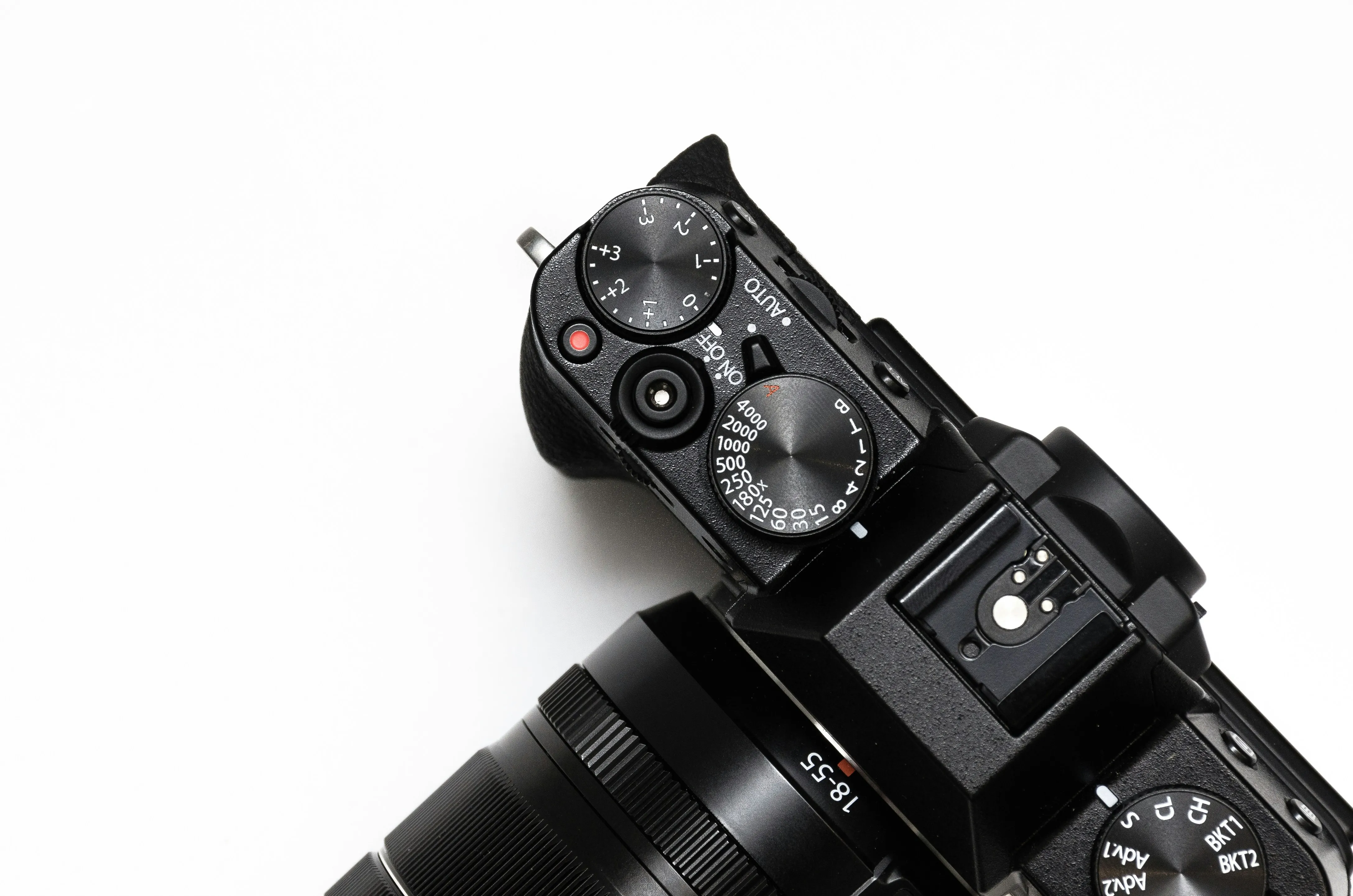Why Choose DSLRSWALA?
Located in the heart of Vadodara, our store offers a comprehensive selection of photographic gear available for rent. Here are a few reasons why renting from
DSLRSWALA is a smart choice:
- Cost-Effective Solutions: Renting is significantly more affordable than purchasing equipment outright.
- Try Before You Buy: Experiment with various cameras and lenses to find the perfect fit for your style.
- Convenience: Renting is ideal when your own equipment is unavailable or being serviced.
- Variety and Availability: Our extensive inventory ensures you have access to the latest and best gear to meet your needs.
Whether you're a hobbyist, a professional, or someone looking to start a career in photography, renting high-quality equipment from DSLRSWALA can provide a substantial advantage.
.1kaid388ZXS0Eoha8tUDOA-52b7f4ccbf2e0f214a7dd6f6e57b520c9444211aae0b98636e5fb47e4818e8f9.webp)
Our story
The Journey of DSLRSWALA is one of passion, dedication, and a bold leap of faith. Our founder, Aamir Patel, was thriving in a highly paid position within the IT industry. Despite a successful career, Aamir Patel harbored a deep-seated love for photography. The idea of making professional-grade photographic equipment accessible to all, without the hefty price tag, began to take root.
Driven by this vision, Aamir Patel made the courageous decision to leave the stability of the IT world and venture into the world of photography rentals. Thus, Sculpted Memories was born, a name that reflected the essence of capturing and preserving moments.
As the business grew, so did our understanding of our customers' needs. To better resonate with our audience and reflect our evolving services, we rebranded to DSLRSWALA. Today, DSLRSWALA stands as a testament to our founder’s commitment to making high-quality photographic equipment accessible to photographers of all levels.
ख़रीदने से आज़ादी,
अब RENT करो
Make sure you trust only the best in this industry like the DSLRSWALA. The quality of a picture undoubtedly depends on the hands that have captured it but the gear that has been used also plays a pivotal role here.
.DSLRSwalalogo02-43c4d8ce0f07cd95fdf3279e177db17f36c63b09a1930f9fb3950b978e56d722.png)
.DSLRSwalaopenfileforlogoscharacter18-7406f42e4a297b5be5466019b33bbce4a50ae3b67312bafb01048bb48cd27680.jpeg)

.20230710-20228229641f555224c2ea63dbdc3fd98012234c1510e95f1d706256dd2725f4.jpg)